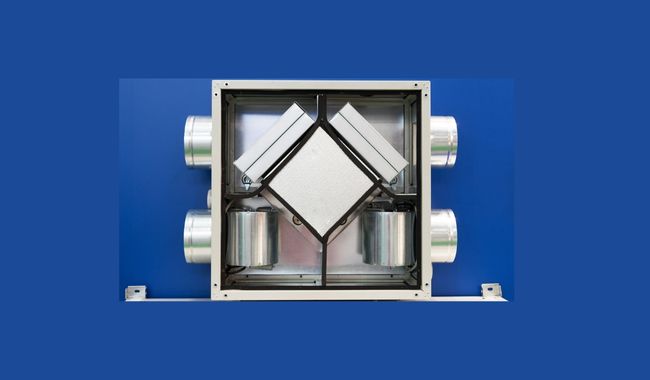
As our society grows and the demand for renewable energy rises, recovering waste energy through efficient and cost-effective systems is of utmost importance.
Energy recovery can be an effective way to reduce consumption and promote a more sustainable environment. In fact, it has been proven to be one of the most successful approaches toward reaching this goal.
It’s plain to see that investing in energy recovery technologies is an absolute necessity for any community looking to build a more sustainable and brighter future. With numerous advantages, these systems are becoming increasingly popular throughout the world.
These systems help to reduce energy costs, improve air quality, and reduce environmental impact. Here we will discuss the various types of energy recovery systems, their benefits, and how they can be implemented in your home or business.
What Is an Energy Recovery System?
Energy recovery systems are devices that enable us to save energy, money, and time. By transferring heat from one source to another, these devices can reduce the amount of energy required for air conditioning or heating a room.
A highly popular type of energy recovery system is an air-to-air heat exchanger – it has become the go-to choice for many households. This system uses two fans to circulate air through an insulated chamber with a heat exchange core.
The core captures the warm air from one side and expels it on the other while simultaneously capturing cold air on the opposite end, then releasing it back into its original space.
Benefits Of an Energy Recovery System
Investment in an energy recovery system offers remarkable cost-savings, with up to 50% reduction on your energy bill.
With the capture and transfer of thermal energy between sources, this technology eliminates much of the need for additional heating or cooling. Not only economically beneficial but also improving air quality by cutting humidity levels and filtering out particulates such as dust mites, pollen, smoke particles, and other allergens.
Additionally, these systems can also help decrease environmental harm by decreasing the emissions of greenhouse gases that are connected to conventional heating and cooling strategies.
Types Of Energy Recovery Systems
Nowadays, there is a broad range of energy recovery systems available. The most widely seen type involves an air-to-air heat exchanger that utilizes two fans to draw airflow through an insulated space with a thermal transfer core.
Other possibilities include water-to-air systems, which substitute liquid instead of air as the means for transferring warmth, while desiccant wheel models boast desiccants in order to absorb moisture.
Enthalpy wheel systems capture both temperature and humidity; plate exchangers facilitate the transfer of heat between two fluids; and rotary regenerators employ rotating cylinders filled with a ceramic material to absorb thermal energy from one source and deliver it to another.
How To Implement an Energy Recovery System
Installing an energy recovery system in your place of residence or business can be a cinch based on the size of your space and how much you are willing to spend. For optimal performance, it is recommended that you install ductwork throughout the building for efficient functioning.
On top of that, you may require additional machines, such as fans or pumps if your system utilizes a water-based or desiccant wheel. After installation is finished, the advantages associated with having an effective energy recovery mechanism will be yours to enjoy!
Final Thoughts:
As people become more conscious of their environmental footprint, energy recovery systems are growing in popularity due to their impressive benefits.
By capturing heat from one source and releasing it on another, these systems not only slash electricity bills but also improve indoor air quality while contributing to a greener planet. An absolute must-have for any home or business owner looking to save money.
